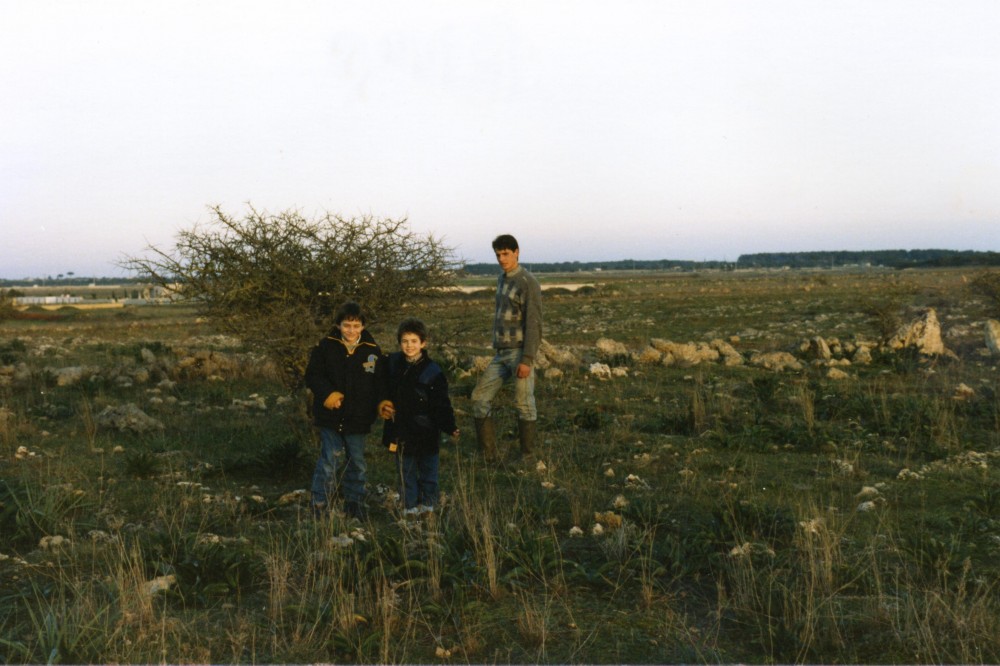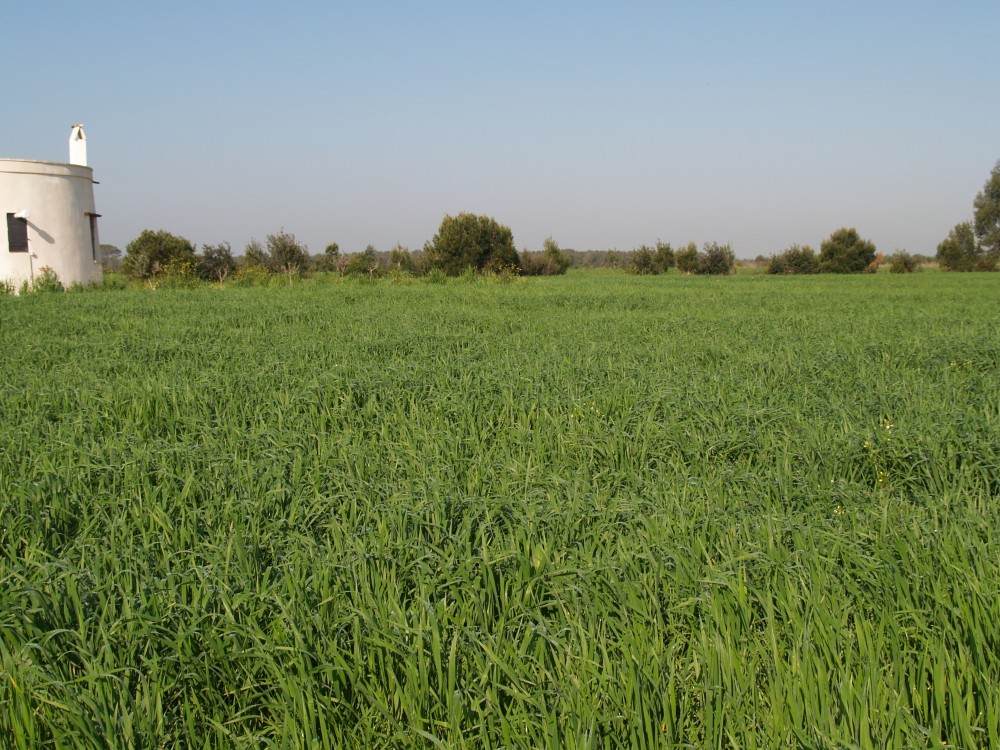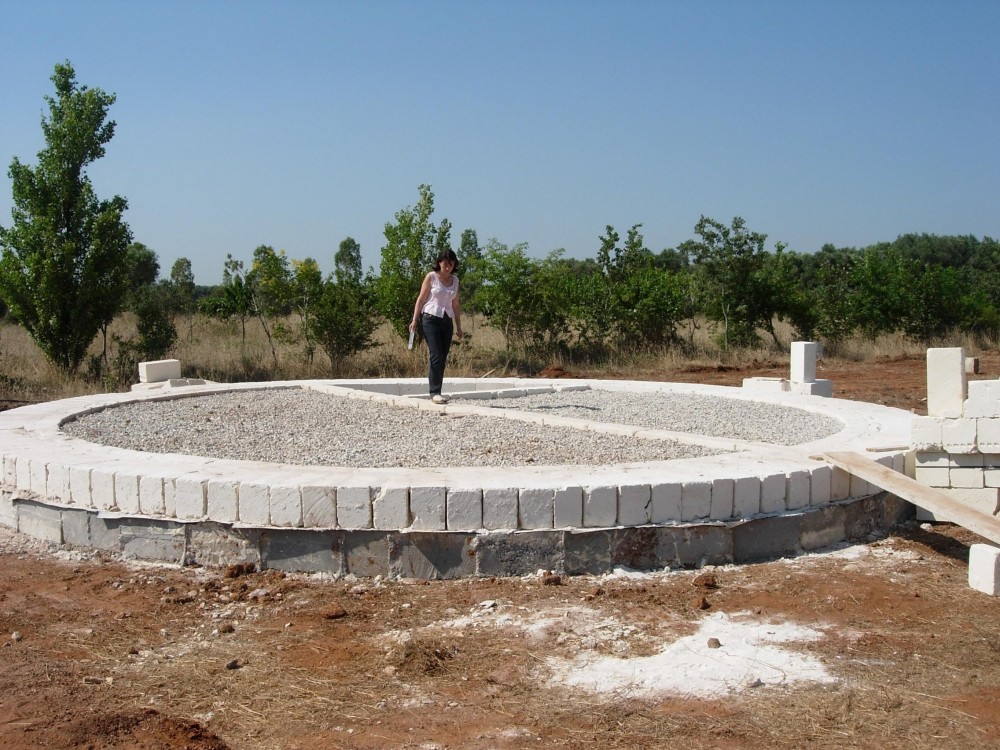The terrain of Masseria La Torre, now 25 acres, was part of an estate that exceeded 100 acres. It was owned by a family of Jerseys; For centuries, the land was used for grazing or for sowing, with progressive loss of fertility and agricultural botany; From 1987 he worked first for the demarcation of the land to prevent grazing and then from 1997 he worked with the reforestation of 12 hectares. Starting in 2004, completed the business center and has begun to cultivate agricultural land.
HISTORY OF THE MASSERIA

THE FORESTRY OF 1994 AND RECOVERY OF WILD PLANTS

In 1994 he proceeded to the forestation of one-half of the area of the creation of the forest of oak and Aleppo pine. Have since reappeared many rare wild plants that following the pasture had disappeared: the crocus, orchids, wild legumes are now abundant and widespread.
THE CONSTRUCTION OF THE CORPORATE CENTRE

Starting in 2004, completed the business center and has begun to cultivate agricultural land. Each year there is a plan drawn up between crop cereal crops (wheat variety Sen.Cappelli, barley, spelled) and legumes (lentil, pea, chickpea, grass pea). It 'also a vineyard of old and rare varieties "Aleatico di Puglia".
ENVIRONMMENNT NATURAL AND THE SURROUNDING LANDSCAPE

With the development of the forest and through the creation of a large natural lake, wild animals have reappeared among both migratory between nesting. The fox, hare, weasel, weasels, moles, and many other animals can be observed frequently. Even plants (grasses, bulbs, shrubs, etc..) Are abundantly reappeared both common and very rare: crocus, orchids, rock roses, asparagus, etc..